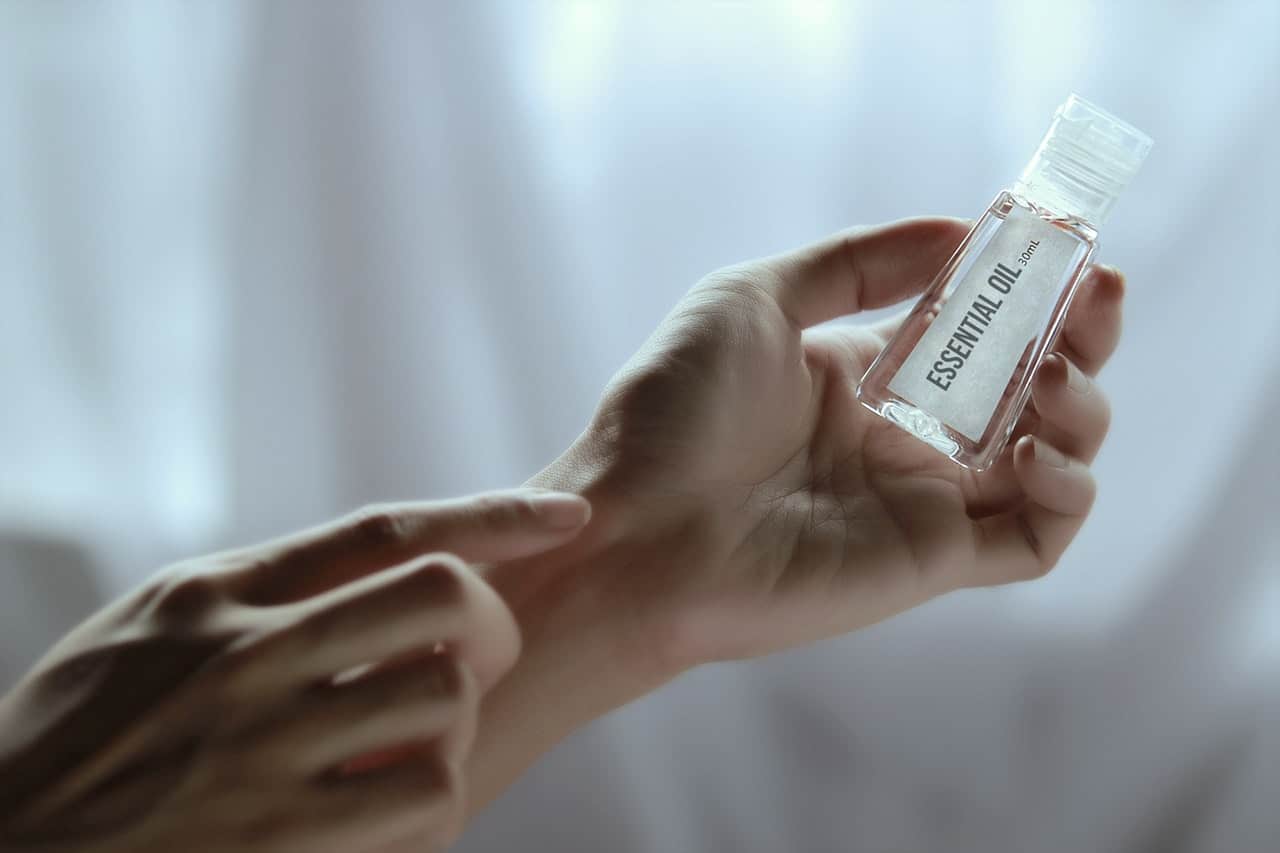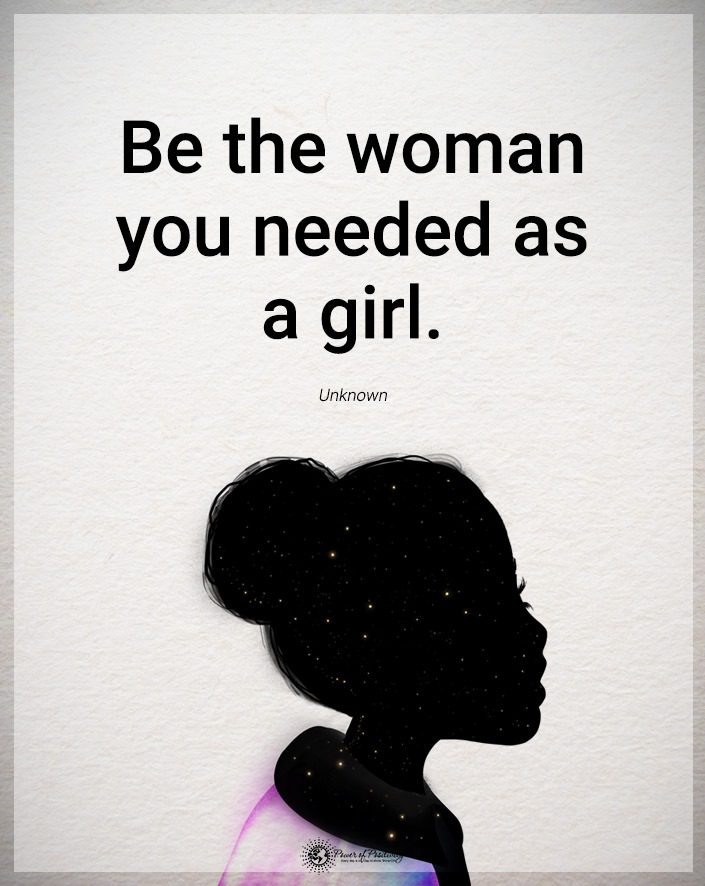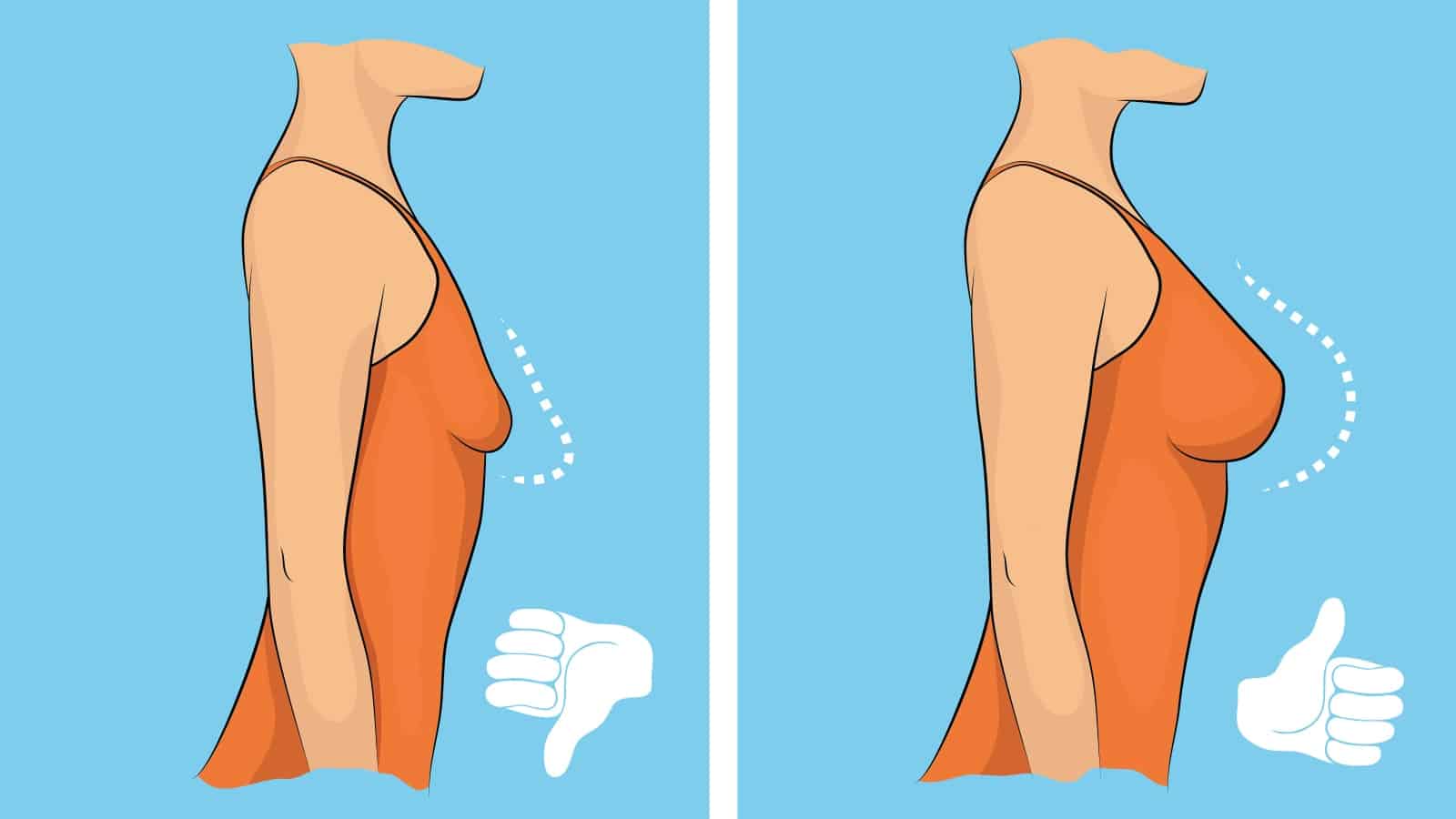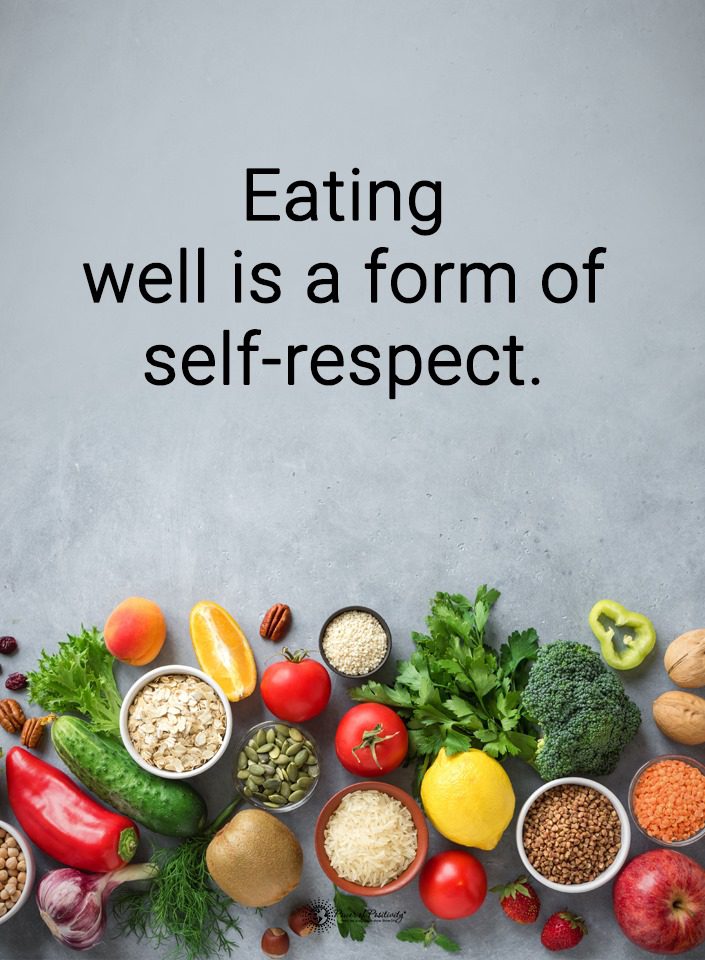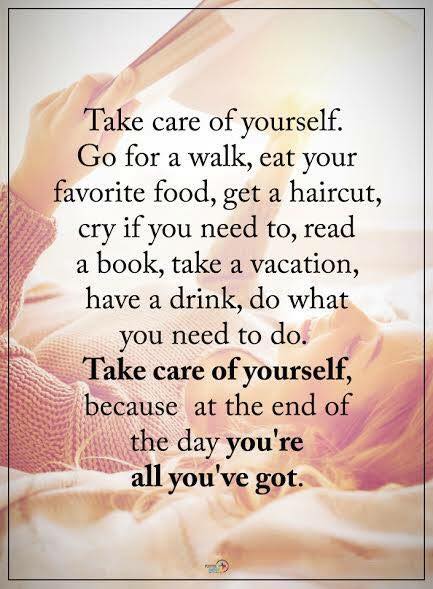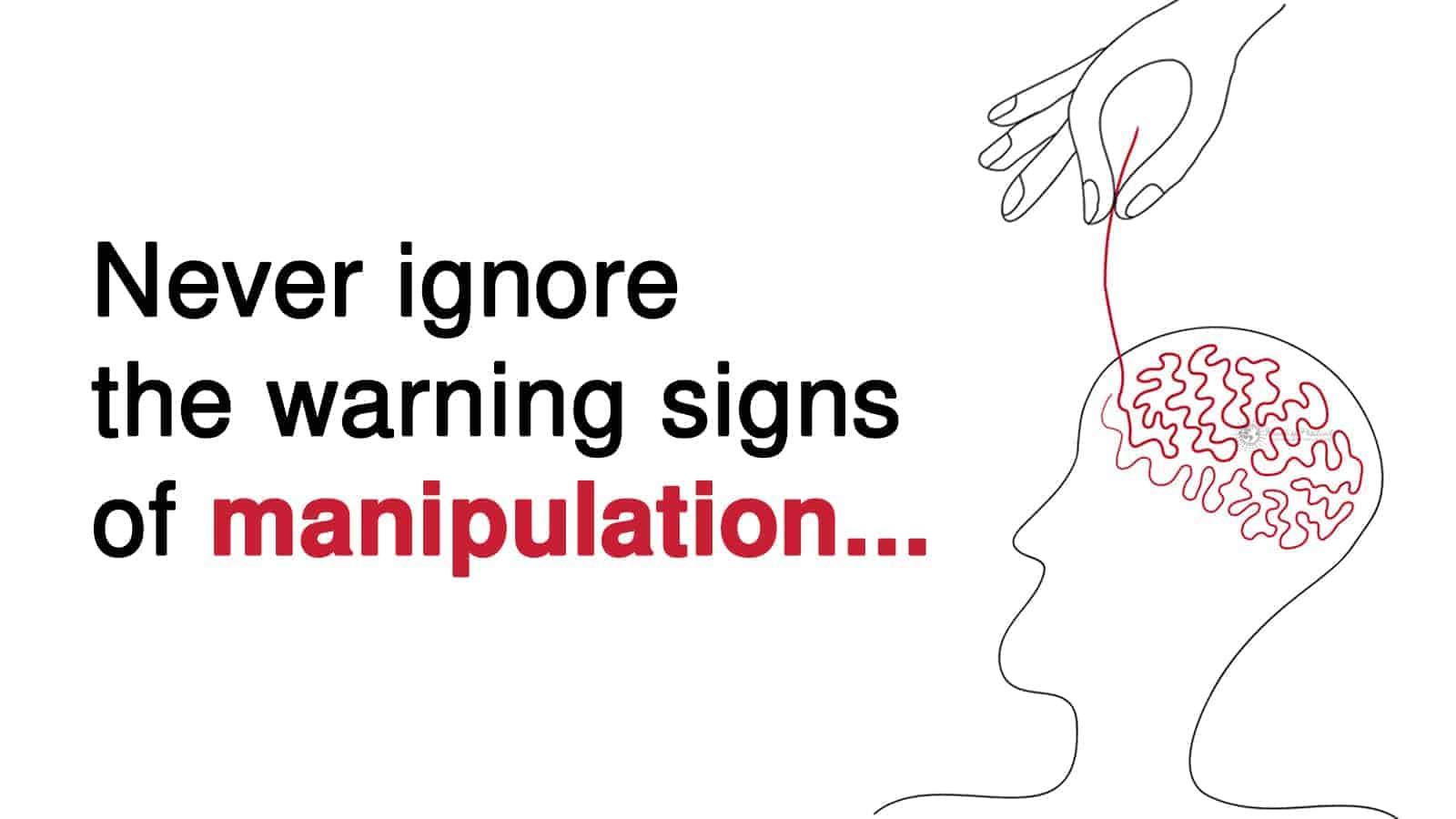Wine and cheddar cheese get better with age. Sadly, the same cannot be said for your skin. Your skin cells start to break down as you grow older.
Moreover, you start showing the first signs of aging when you are in your mid-twenties. Even though it is impossible to reverse the aging process, it is easy to slow it down and keep your skin looking young for an extended period. Maintaining beautiful and glowing skin starts with the foods that you choose to eat.
The best anti aging foods contain a lot of nutrients, antioxidants, water, and healthy fats. Research shows that eating fruits as well as vegetables is the best method that you can use to get rid of pale pigmentation and lines on your skin. Therefore, here are the anti aging foods that you can use to nourish your body and skin from within.
Best Anti Aging Foods
1. Watercress
The vegetable is filled with numerous nutrients that will not disappoint you. The green vegetable is a vital source for potassium, phosphorus, calcium, manganese and vitamins B-1, A, C, B-2, and K. The vegetable will act as an antiseptic to your internal skin.
Therefore, it aids in increasing the circulation and the delivery of minerals in the different cells of your body. As a result, your skin becomes oxygenated significantly. Also, vitamin A and vitamin C in watercress help you neutralize any harmful free radicals in your body.
These antioxidants will help to keep your skin free from wrinkles and fine lines. All you have to do is add one handful of the watercress in your salad. The small portion will improve your health and give you glowing skin.
2. Red Bell Pepper
These peppers are anti aging foods filled with antioxidants. Antioxidants are a vital ingredient in combating aging. Red Bell peppers also contain significant amounts of vitamin C and powerful antioxidants called carotenoids.
Vitamin C helps in generating collagen. The Carotenoids, on the other hand, are responsible for the orange, red, and yellow colors that act as plant pigments in fruits and vegetables. Carotenoids also have anti-inflammatory properties that protect the skin from environmental toxins, sun damage, and pollution.
Therefore, to benefit from the red bell pepper, slice them into pieces. Eat them as a snack by dipping these slices in hummus. You can also add them to a raw salad or choose to cook them through frying.
3. Pomegranate Seeds
Pomegranates are among the best anti aging foods because of their medicinal benefits. The fruit has been used over the centuries for healing. This is because they contain high vitamin C contents and a variation of powerful antioxidants.
Therefore, pomegranates can reduce inflammation in the body and protect your skin against harmful free radicals. They also have a property known as punicalagins that preserves the collagen in the skin. Thus, the fruit enhances the appearance of the skin by making it age slowly.
4. Spinach
Spinach is filled with antioxidants. They oxygenate the body and replenish it in the process. Thus, it is super hydrating to the entire body. Spinach is also packed with high concentrations of vitamin C that enhances the generation of collagen.
Collagen maintains the skin’s firmness and smoothness. Spinaches are anti aging foods because they are rich in lutein, magnesium, plant-based heme iron, and vitamins A, E, C, and K. The vitamin A in spinach promotes shiny, healthy hair while the vitamin k reduces inflammation in cells.
5. Blue Berries
Blueberries contain abundant amounts of vitamin C and vitamin A. They also contain the age-defying antioxidant known as anthocyanin. Anthocyanin is responsible for the deep blue color of the berries.
The antioxidant is also capable of protecting the skin from damage caused by stress, pollution, and the sun. They do this by preventing the loss of collagen and moderating the inflammatory response. Hence, eat this fruit in the morning with fruits or a smoothie to get beautiful skin.
6. Sweet Potatoes
The antioxidant called beta-carotene gives the sweet potato its orange color. This antioxidant is transformed to vitamin A. The vitamin aids in restoring the elasticity of the skin.
It also helps to boost change in skin cell, and in turn, it contributes towards making the skin soft and looking youthful. The delicious root vegetable is in the anti aging foods list because it is also a vital source for vitamins C and E. These two vitamins keep the skin complexion radiant, and they protect the skin from any harmful free radicals.
You can have sweet potatoes for your breakfast. You also eat the vegetable as a snack during the day or as part of your diet.
7. Broccoli
Broccoli helps to prevent aging as well as inflammation. This is because it is loaded with lutein, folate, antioxidants, calcium, fiber and vitamins C and K. Vitamin C aids in producing collagen.
Collagen is the primary protein that provides elasticity and strength to the skin. Hence, eat raw broccoli as a quick snack, or you can steam it before eating to enjoy its benefits. However, when you cook broccoli, you help to release its health benefits into your body.
8. Avocado
Avocados have fatty acids that fight inflammation and enhance smooth, supple skin. That is why they are anti aging foods. They also carry many different essential nutrients that prevent any adverse effects of aging.
These nutrients include potassium, B vitamins, and vitamins E, C, K, and A. The vitamin A present in avocado helps the skin to shed off dead cells. Hence, the skin is left looking smooth and shiny.
The carotenoid content in avocados also aids in blocking toxins and any damage from the rays of the sun. As a result, they protect the skin against cancerous effects. Eat avocado in a salad, on a spoon or in your smoothie.
You can also use avocado as a face mask. The avocado face mask will help to reduce redness, fight inflammation and prevent the appearance of wrinkles on your skin.
9. Papaya
Papaya is among the best anti-aging foods because it is filled with many essential vitamins, minerals, and antioxidants. All these compounds help to improve the skin’s elasticity. They also reduce the appearance of wrinkles and fine lines on the skin.
Papaya also contains calcium, magnesium, B vitamins, potassium, phosphorus and vitamins C, E, K, and A. Therefore; papaya helps to fight the free radicals that damage the skin. They also help in delaying any signs of aging that might start to appear on your skin.
Papain is an enzyme that is contained in papaya. This is the best natural anti-inflammatory agent. Hence, the compound is found in many products used for exfoliation because of its ability to delay aging.
Therefore, if you eat papaya, you are consuming compounds that will help you disard dead skin cells making your skin vibrant and glowing. You can drizzle fresh lime juice on a plate of papaya during breakfast. Alternatively, you can make a papaya mask and apply it during your nighttime skincare routine.
10. Nuts
Many nuts are anti aging foods because they are a significant source for vitamin E. Vitamin E helps in repairing the skin tissue, protecting the skin against damage from the Ultra Violet rays and it helps the skin retain moisture. Other nuts such as walnuts have omega-3 fatty acids which are anti-inflammatory.
These fatty acids help to protect the skin against sun damage, strengthen the membrane of the cells and they give the skin a beautiful glow since they preserve its natural oil barrier. You can either eat nuts as a snack or sprinkle them on your salads. Also, consume the skin on the nuts because fifty percent of the antioxidants in the nuts are found in the skin.
11. Tomatoes
Tomatoes are among the best anti aging foods because they contain lycopene a compound that helps to protect the skin against damage. The antioxidant also enhances the elasticity of the skin by restricting the activity of collagenases. As a result, the skin is protected from getting any wrinkles.
Another benefit of tomatoes is their anti-inflammatory properties. They also contain flavonoids that aid in slowing down the aging process. Therefore, add tomatoes to your salad to give your skin a wrinkle-free look.
12. Garlic
Garlic has antibacterial, antioxidant and detoxification properties. All these properties can preserve youth in your skin. Hence, garlic is good food for preventing your skin against the effects of aging.
The best way to consume garlic is if you eat it raw. You can chop it and consume it with your favorite drink. Otherwise, you can add it to your fries and roasts because it adds a pungent and spicy flavor to food.
13. Dark Chocolate
One study found that dark chocolate can prevent wrinkles. It also maintains the elasticity of the skin as well as the hydration levels of the skin. Dark chocolate also contains flavanols that prevent the ultraviolet rays from damaging the skin.
You can use chocolate to garnish your cakes. You can also add it to your morning bowl of cereals and oatmeal. If you are not afraid of the bitter taste of dark chocolate, consume it as it is to enjoy its benefits.
Conclusion
These anti aging foods will nourish your body and make you look like the best version of yourself. Select fruits and vegetables that are rich in color. Deep colors are usually a sign that the radical fighting ability of the vegetable or fruit is higher.
These deep colored foods are also more capable of keeping your skin vibrant and healthy. Also, add many colors to your plate because you will be giving better health to your skin. Slow down the signs of aging with glowing and healthy skin.


